Description
Corvina is a resilient Central and South American delicacy. It is the preferred fish for Ceviche in Latin American Countries. This species is a member of the drum family “Sciaenidae”, similar to the redfish, or red drum caught along the Southeast and Gulf coasts of the US. The meat shares many characteristics with Grouper and makes a great Grouper substitute during seasons of low Grouper production and high prices.
Golden Corvina is the preferred sub species and normally commands a higher price in the market. It is easily distinguished by the bright yellow coloring on the fins, belly, and gill plates. The next most desirable sub species would be the Silver (or White) Corvina. The Corvina Agria is normally smaller and the least desirable of the three sub species and is normally a lower price than the other two sub species. Corvina is also the Spanish name for our Speckled Trout we catch in the Southeastern US and in Mexican waters of the Gulf of Mexico.
Size:
- Maturity: Lm 16.78 inches
- Max length : 43.23 inches
Common length 17.68 inches
Max. published weight: 37.4 lbs
The Golden Corvina is also known in Brazil as Pescada Amarela.
Where can Golden Corvina be found?
Western Atlantic: Panama to Argentina; Southwest Atlantic: Sergipe, Brazil.
How does Golden Corvina look like?
Dorsal spines (total): 11; Dorsal soft rays (total): 17-22; Anal spines: 2; Anal soft rays: 7 – 9.
Body nearly uniform silvery, dark greenish above. Without conspicuous spots on side but with diffuse dark areas along base of dorsal fin and on margin of spinous dorsal fin, ventral side of head, lower margin of pectoral, pelvic, and caudal fins often yellowish orange. Inside of opercle dusky. Mouth large, oblique.
Lower jaw slightly projecting. Upper jaw with a pair of large canine-like teeth at tip. Lower jaw with a row of enlarged inner-row teeth, gradually increasing in size posteriorly. Chin without barbels or pores.
Snout with 2 marginal pores. Pectoral fins about equal in length to pelvic fins.
Gas bladder with a pair of long, straight, horn-like appendages. Sagitta earstone thin and elongate.
Soft portion of dorsal fin unscaled except 2 or 3 rows of small scales along its base (Ref 51271).
How does the Golden Corvina behave?
Forms schools. Found over mud or sandy mud bottoms near mouths of rivers. Juveniles are restricted to brackish and fresh waters. Feeds on shrimps and fishes. Important food fish.
Health benefits ?
Fatty fish such as Golden Corvina, in particular, contains high levels of omega-3 fatty acids. Omega-3 fatty acids help lower the risk of coronary heart disease and stroke and are important for the foetal growth and neurological development. Golden corvina is considered a very good source of protein.
Culinary profile
Firm, large flaked flesh resembling that of a Snapper which is pinkish when raw but turns white when cooked.
Golden corvina videos
Nutritional facts
- Serving size: 3 ounces
- Calories: 102 kcal
- Protein: 15 grams
- Sodium: 64 mg
- Total fat: 1.3 grams
- Cholesterol: 155 grams
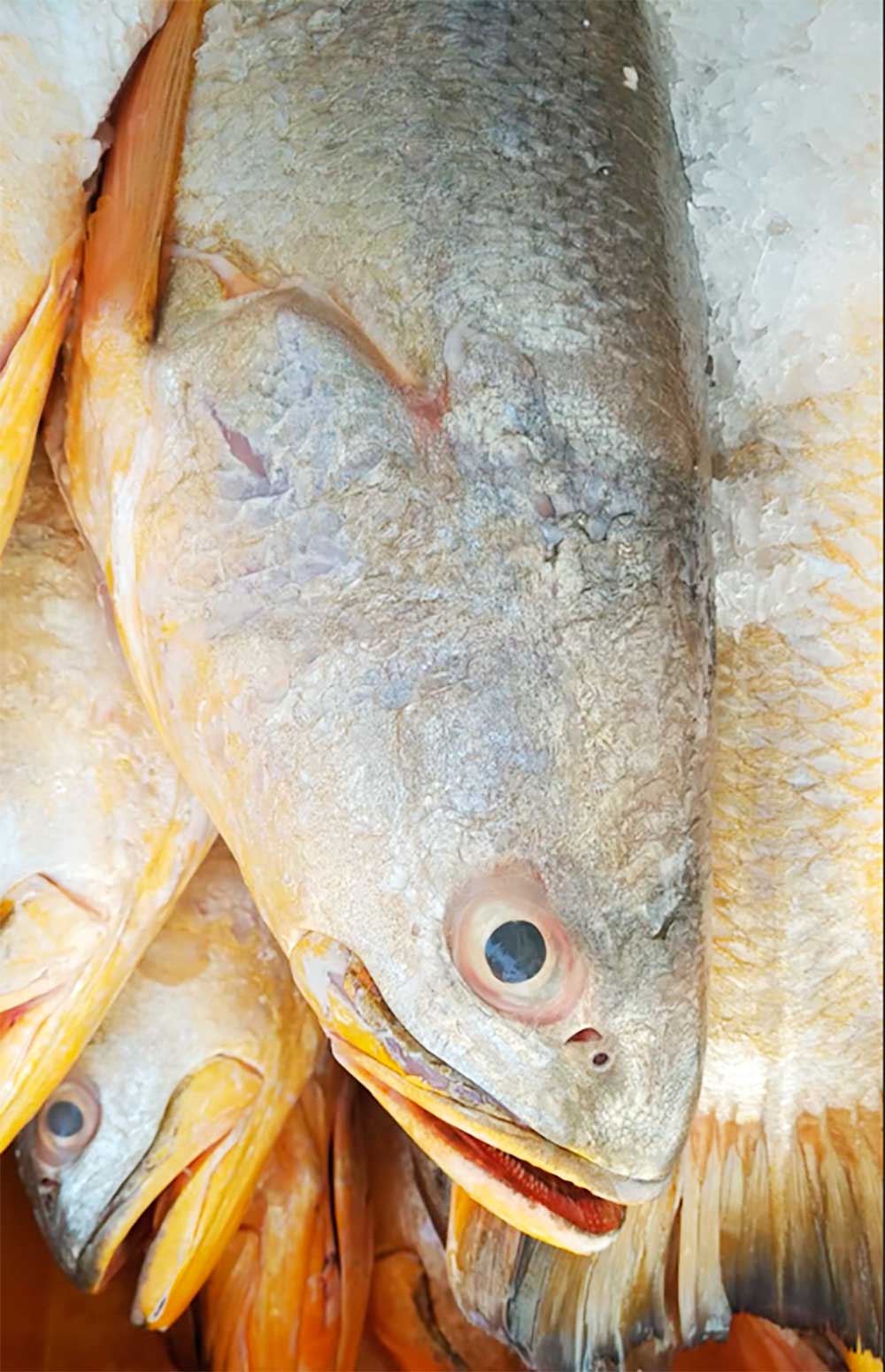
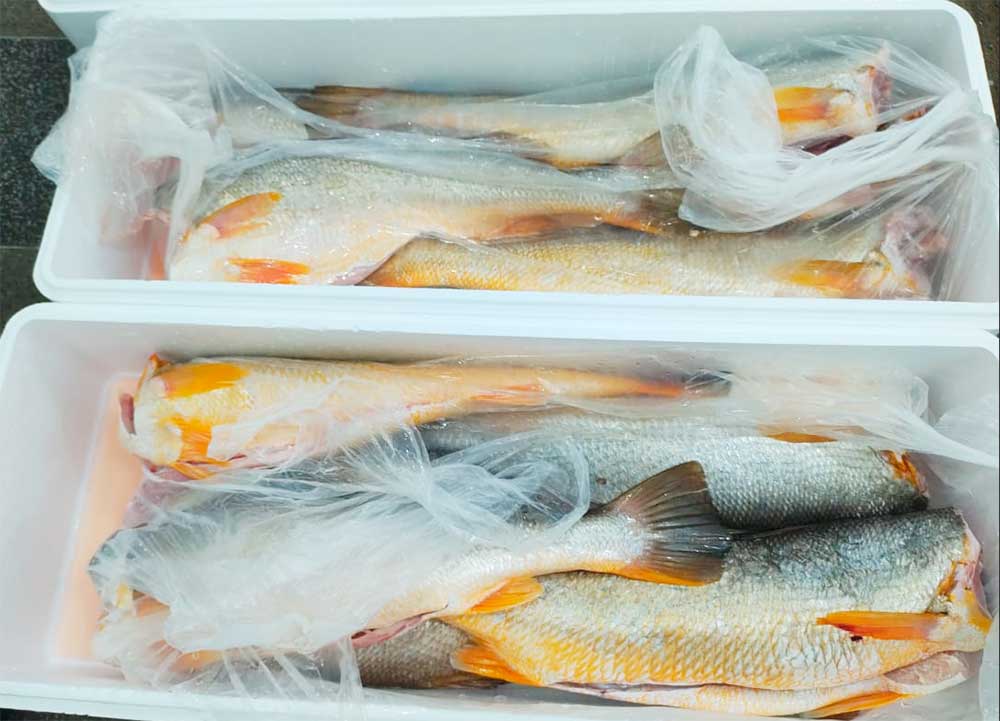
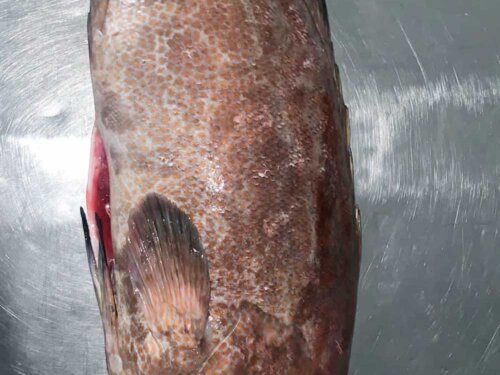
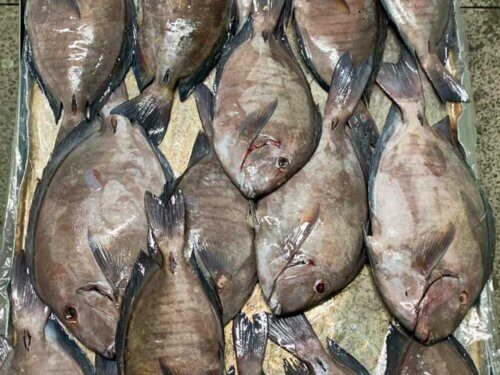
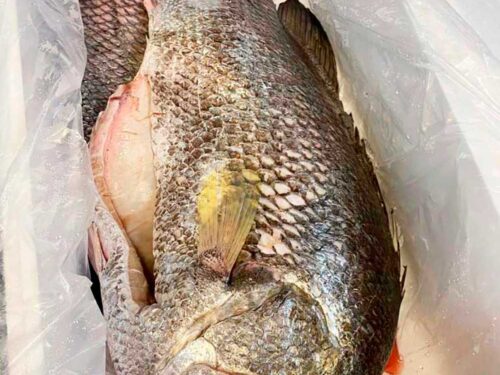
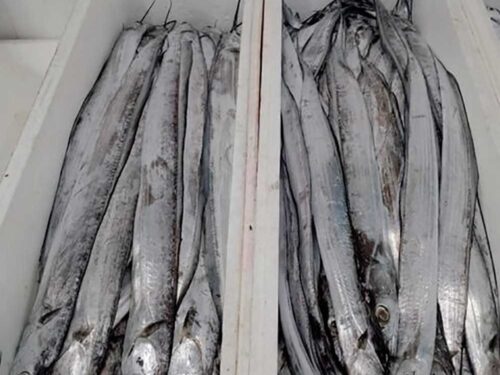
Reviews
There are no reviews yet.